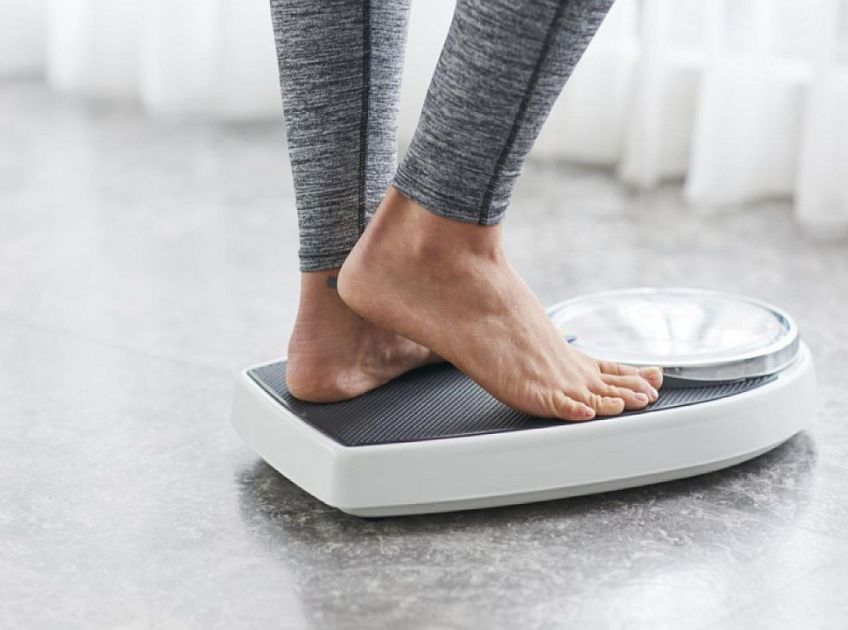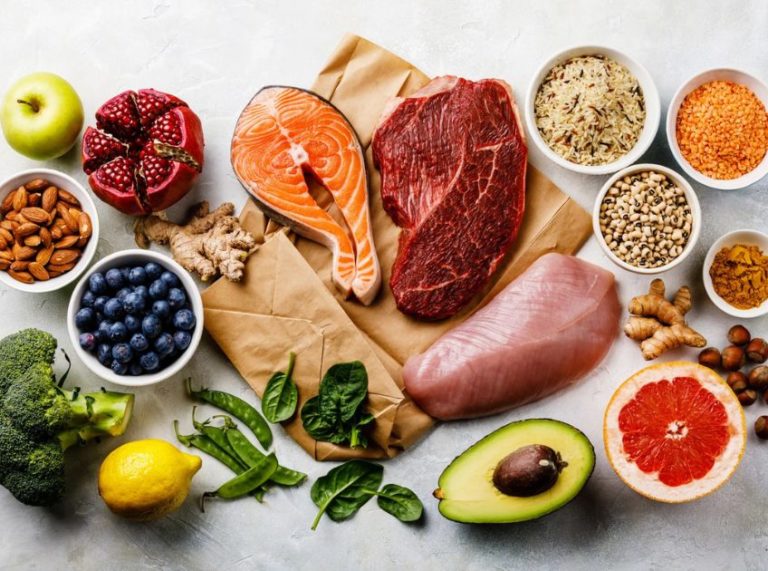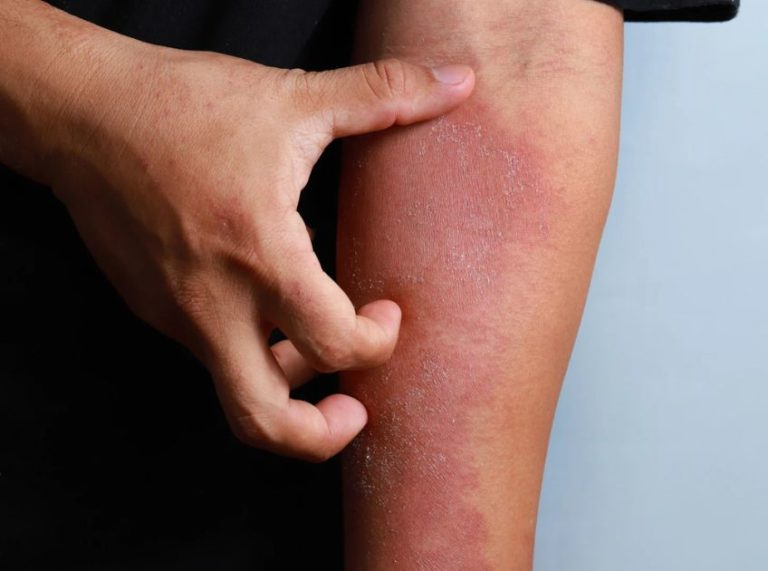
Important: This article is for informational purposes only. Please read our full disclaimer for more details.
Losing 20 pounds might sound like a huge goal—but with the right strategies, mindset, and science-backed methods, it’s achievable. While fast weight loss can be tempting, doing it in a safe and sustainable way is key to preventing rebound weight gain or health risks.
Whether you’re preparing for a major event or just want to feel better in your body, this guide breaks down what works to shed those 20 pounds efficiently and safely.
Is It Possible to Lose 20 Pounds in 30 Days?
The short answer: yes, but with caution.
Losing 1–2 pounds per week is considered safe by most health organizations like the CDC. However, under medical supervision and with intense dedication, losing up to 20 pounds in 30 days is possible for some individuals—especially those starting with a higher body weight.
Here are 10 proven ways to help you achieve that goal safely:
1. Cut Out Processed Carbs and Sugars
Refined carbs spike blood sugar and promote fat storage. Studies published in The New England Journal of Medicine show that reducing carb intake can trigger rapid water and fat loss in the first few weeks (1). Replace white bread, pastries, and sugary drinks with whole grains and vegetables.
2. Follow a High-Protein, Low-Carb Diet
Protein boosts metabolism and helps preserve muscle during weight loss. Research in The American Journal of Clinical Nutrition found that high-protein diets significantly reduce appetite and calorie intake. Include lean meats, tofu, eggs, and legumes daily (2).
3. Hydrate—But Be Strategic
Drink at least 8–10 glasses of water a day. Staying hydrated reduces bloating and supports metabolism. According to a study in Obesity, drinking water before meals can naturally decrease calorie consumption (3).
4. Intermittent Fasting (IF)
This eating pattern limits your food intake to specific hours. A popular form—16:8 fasting—allows eating within an 8-hour window. A 2016 review in The Journal of Translational Medicine shows that IF can promote fat loss while preserving muscle (4).
5. Exercise Smarter, Not Just Harder
Combine HIIT (High-Intensity Interval Training) with strength training (5).
Burn more calories post-workout through EPOC (excess post-exercise oxygen consumption)
Aim for at least 4–5 days per week.
6. Sleep 7–9 Hours a Night
Inadequate sleep disrupts hormones like leptin and ghrelin, which regulate hunger. Sleep journal research shows that poor sleep is strongly linked to weight gain and reduced fat loss. Prioritize consistent, quality sleep (6).
7. Cut Alcohol and Sugary Drinks
One margarita or sweetened coffee can undo an hour of exercise. Liquid calories are often overlooked but accumulate quickly. Opt for herbal teas, lemon water, or black coffee instead.
8. Track Your Food Intake and Progress
Using a food diary or app can double your weight loss success, as found in a study published in Obesity (7). Tracking increases mindfulness and helps identify hidden calorie sources.
9. Reduce Sodium to Cut Water Retention
Too much salt causes bloating and water weight. Stay under 2,300 mg of sodium daily. Focus on whole, unprocessed foods, and avoid canned soups, sauces, and packaged snacks.
10. Try Natural Fat-Burning Foods
Some foods have thermogenic effects that help increase calorie burn:
- Green tea: rich in catechins that boost fat oxidation (8)
- Chili peppers: capsaicin increases metabolism
- Apple cider vinegar: may help reduce fat storage
Always consult a healthcare provider before taking supplements or starting a new diet.
The Science Behind Rapid Yet Safe Weight Loss
- Caloric Deficit: You must burn more calories than you consume. A pound of fat equals ~3,500 calories—meaning a 20-pound loss requires a deficit of ~70,000 calories over time.
- Muscle Preservation: Quick weight loss often risks muscle loss. High-protein diets and resistance training help preserve lean mass.
- Metabolic Rate: Drastic restriction can lower metabolism. Cycling calories and practicing refeed days can help mitigate this.
Backed by studies from Harvard Medical School and the National Institutes of Health, these methods offer a structured, sustainable way to shed pounds without risking your health (9).
Frequently Asked Questions (FAQ’S)
Q1: Is losing 20 pounds in 30 days safe for everyone?
A. Not for everyone. Individuals with preexisting medical conditions or very low starting body weight should avoid extreme weight loss without supervision. Always consult your healthcare provider.
Q2: Will the weight stay off after I lose it quickly?
A. Only if you maintain healthy habits. Crash dieting without long-term changes often leads to rebound weight gain. Build routines that are sustainable beyond the 30 days.
Q3: Can I lose belly fat specifically with these methods?
A. Spot reduction is a myth. However, total fat loss will eventually reduce belly fat. Combining strength training, cardio, and clean eating is the most effective strategy.
Final Thoughts
Losing 20 pounds quickly and safely is a challenging but achievable goal when guided by science, strategy, and support. Focus on building healthier habits, not just slashing calories. The real win isn’t just what you lose—it’s what you gain: energy, confidence, and control over your body.















